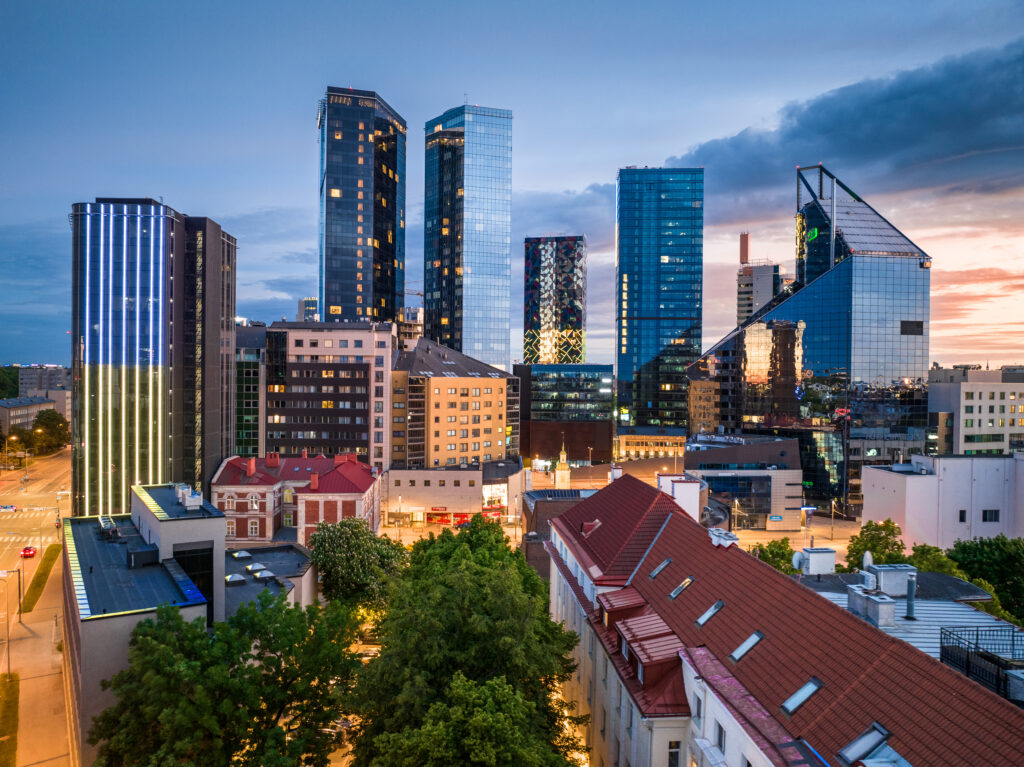According to the preliminary data of Statistics Estonia, in the fourth quarter of 2022, the gross domestic product, which shows how the Estonian economy is doing, declined by 4.1% compared with the same period of 2021; the GDP at current prices was €10 billion.
According to Robert Müürsepp, leading analyst at Statistics Estonia, the country’s official statistics agency, the rapid inflation showed some signs of slowing down at the end of the year, but the impact of inflation on economic growth was still similar to previous periods. “After adjustment for inflation, there was a significant decrease in tax revenue as well as value added to the economy,” he said in a statement.
In the fourth quarter, the recession was broad-based, with only a few economic activities experiencing growth. The biggest positive contributor was agriculture. The economy was also boosted a little by arts, entertainment and recreation, accommodation and food service activities, and public administration and defence.
The main negative contributor was information and communication, but economic growth was also hampered by all other major sectors – real estate activities, construction, manufacturing, trade – which all contributed negatively. Professional, scientific and technical activities is usually one of the drivers of the economy but was among the negative contributors in the fourth quarter.

Private consumption continued the downtrend
“On paper, enterprises report a strong growth, but this is the result of rapidly rising prices – if we remove the effect of inflation, there has been a decrease in economic output,” Müürsepp said.
Private consumption continued the downtrend (−1.9%). The biggest decrease occurred in households’ expenditures on education, other goods and services, and furnishings. A considerable fall was also registered in expenditures on food and health.
However, in some expenditure groups, there was a growth despite the soaring inflation. The most significant rise occurred in expenditures on restaurants and hotels and on recreation and culture.
“In general, it seems that households spent less on goods while the main increase occurred in their spending on leisure and related services,” the analyst noted.
At the end of 2022, there was also a decline in government consumption, which fell by 1.3%. Investments grew by 13.1% in the fourth quarter, which sets them apart from the overall trend. The biggest positive impact can be attributed to the investments of non-financial corporations in transport equipment (164%) and in other buildings and structures (20%), and to households’ investments in dwellings (29%). The biggest negative impact came from the investments of non-financial corporations in other machinery and equipment (−34%).

The GDP decreased by 1.3% in 2022 as a whole
Müürsepp said foreign trade was similarly affected by the prevailing downward trends. Exports fell by 6.5%. In trade in goods, both exports and imports decreased.
Exports and imports were primarily influenced by trade in electricity, crude petroleum and natural gas, chemical products, and computers and electronic equipment. In trade in services, there was a modest fall in exports (−0.7%), while imports continued robust growth (15.7%) – here, trade in computer services and various transport services had the biggest impact.
According to seasonally adjusted data, the GDP decreased by 1.6% compared with the third quarter of 2022 and by 4.4% compared with the fourth quarter of 2021.
In 2022 as a whole, the GDP decreased by 1.3%. The biggest positive contributor was accommodation and food service activities, which has recovered from the coronavirus crisis. Major negative contributions to the GDP in 2022 came from real estate activities, the energy sector, trade, agriculture, and financial activities.
Investments fell by 10.9% in 2022 as a whole. Net exports were negative for the second year in a row – Estonia’s imports of goods and services were €200 million higher than its exports.

